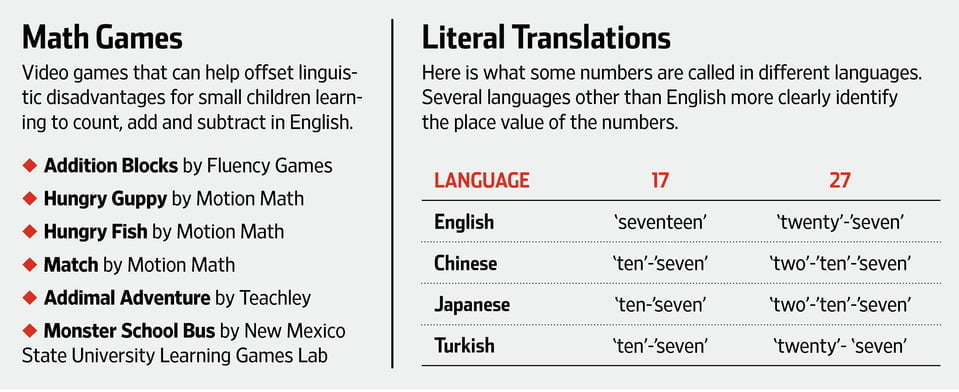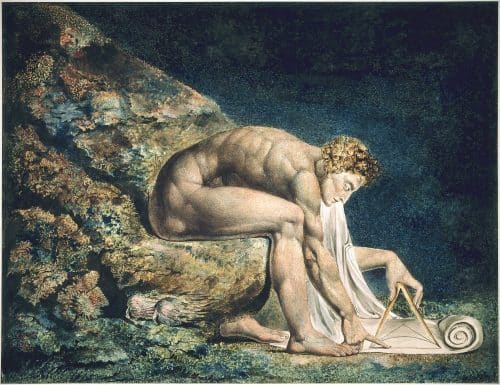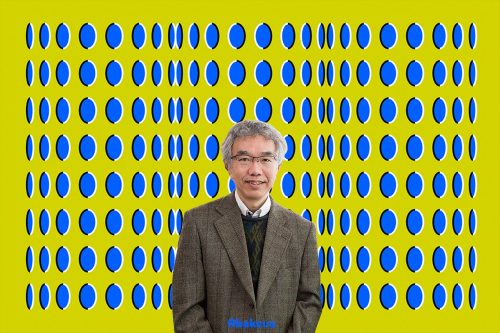What’s the best language for learning math? Hint: You’re not reading it.
Chinese, Japanese, Korean and Turkish use simpler number words and express math concepts more clearly than English, making it easier for small children to learn counting and arithmetic, research shows.
The language gap is drawing growing attention amid a push by psychologists and educators to build numeracy in small children—the mathematical equivalent of literacy. Confusing English word names have been linked in several recent studies to weaker counting and arithmetic skills in children. However, researchers are finding some easy ways for parents to level the playing field through games and early practice.
Differences between Chinese and English, in particular, have been studied in U.S. and Chinese schools for decades by Karen Fuson, a professor emerita in the school of education and social policy at Northwestern University, and Yeping Li, an expert on Chinese math education and a professor of teaching, learning and culture at Texas A&M University. Chinese has just nine number names, while English has more than two dozen unique number words.

The trouble starts at “11.” English has a unique word for the number, while Chinese (as well as Japanese and Korean, among other languages) have words that can be translated as “ten-one”—spoken with the “ten” first. That makes it easier to understand the place value—the value of the position of each digit in a number—as well as making it clear that the number system is based on units of 10.
English number names over 10 don’t as clearly label place value, and number words for the teens, such as 17, reverse the order of the ones and “teens,” making it easy for children to confuse, say, 17 with 71, the research shows. When doing multi-digit addition and subtraction, children working with English number names have a harder time understanding that two-digit numbers are made up of tens and ones, making it more difficult to avoid errors.
These may seem like small issues, but the additional mental steps needed to solve problems cause more errors and drain working memory capacity, says Dr. Fuson, author of a school math curriculum, Math Expressions, that provides added support for English-speaking students in learning place value.
It feels more natural for Chinese speakers than for English speakers to use the “make-a-ten” addition and subtraction strategy taught to first-graders in many East Asian countries. When adding two numbers, students break down the numbers into parts, or addends, and regroup them into tens and ones. For instance, 9 plus 5 becomes 9 plus 1 plus 4. The make-a-ten method is a powerful tool for mastering more advanced multi-digit addition and subtraction problems , Dr. Fuson says.

Many U.S. teachers have increased instruction in the make-a-ten method, and the Common Core standards adopted by many states call for first-graders to use it to add and subtract. First-graders’ understanding of place value predicts their ability to do two-digit addition in third grade, according to a 2011 study of 94 elementary-school children in Research in Developmental Disabilities.
The U.S.-Asian math-achievement gap—a sensitive and much-studied topic—has more complicated roots than language. Chinese teachers typically spend more time explaining math concepts and getting students involved in working on difficult problems. In the home, Chinese parents tend to spend more time teaching arithmetic facts and games and using numbers in daily life, says a 2010 study in the Review of Educational Research by researchers at the Hong Kong Institute of Education and the University of Hong Kong.
When Chinese preschoolers enter kindergarten, they’re ahead of their U.S. counterparts in the adding and counting skills typically taught by Chinese parents. They’re also one to two years ahead on a skill their parents don’t teach—placing numbers on a number line based on size, according to a 2008 study of 29 Chinese and 24 U.S. preschoolers by researchers at Carnegie Mellon University.
In math, one concept builds on another. By the time U.S. students reach high school, they rank 30th among students from 65 nations and education systems on international achievement exams, while Chinese and Korean students lead the world.














